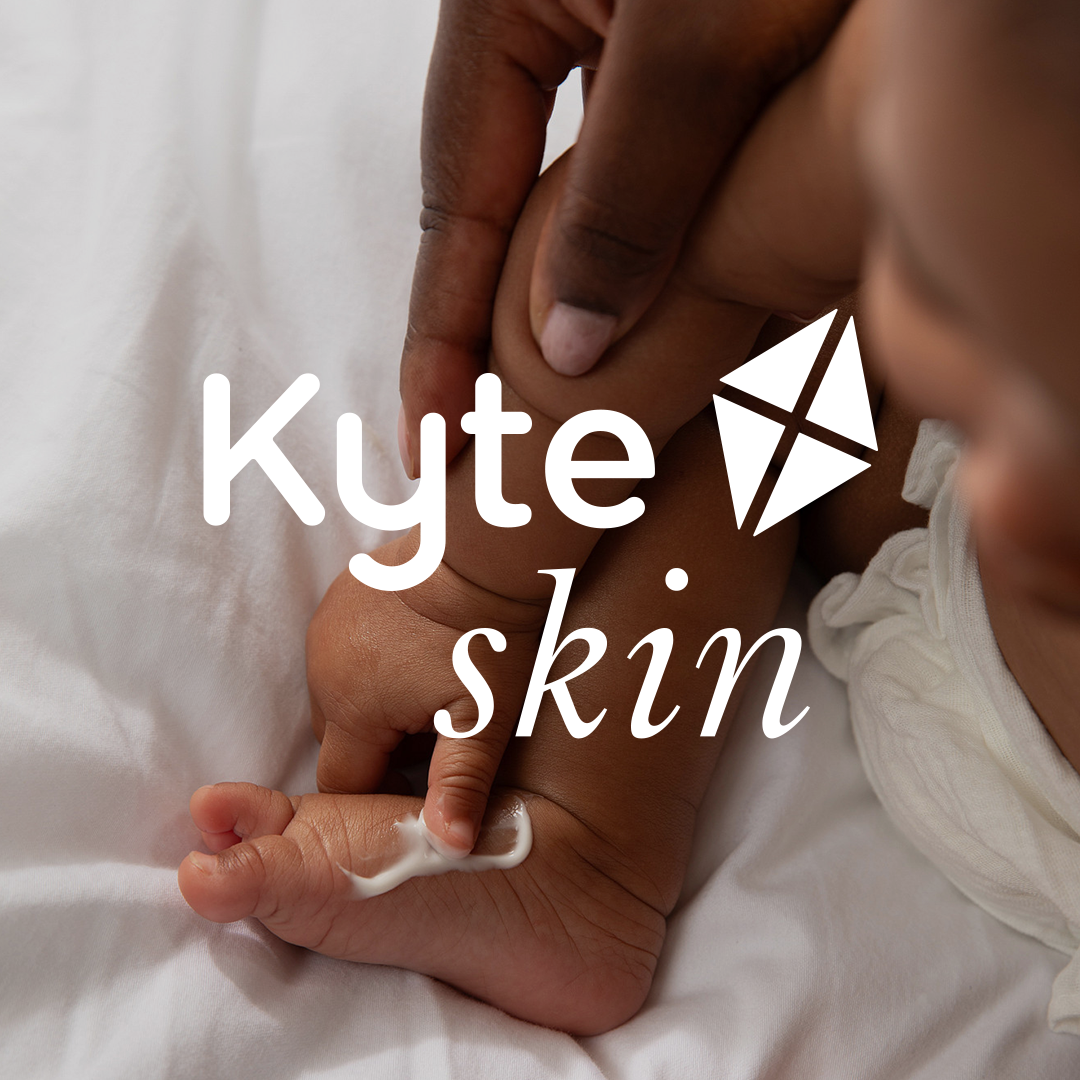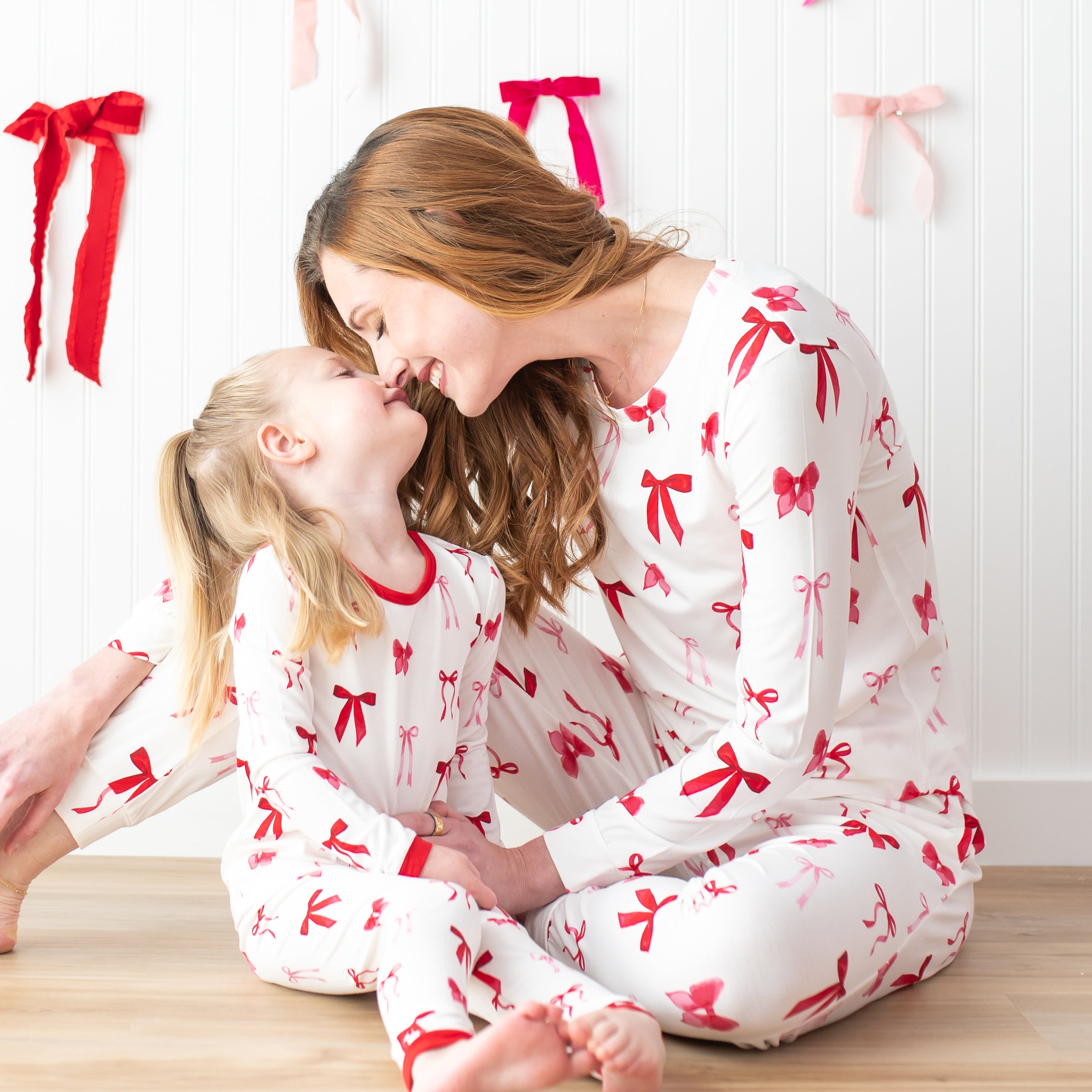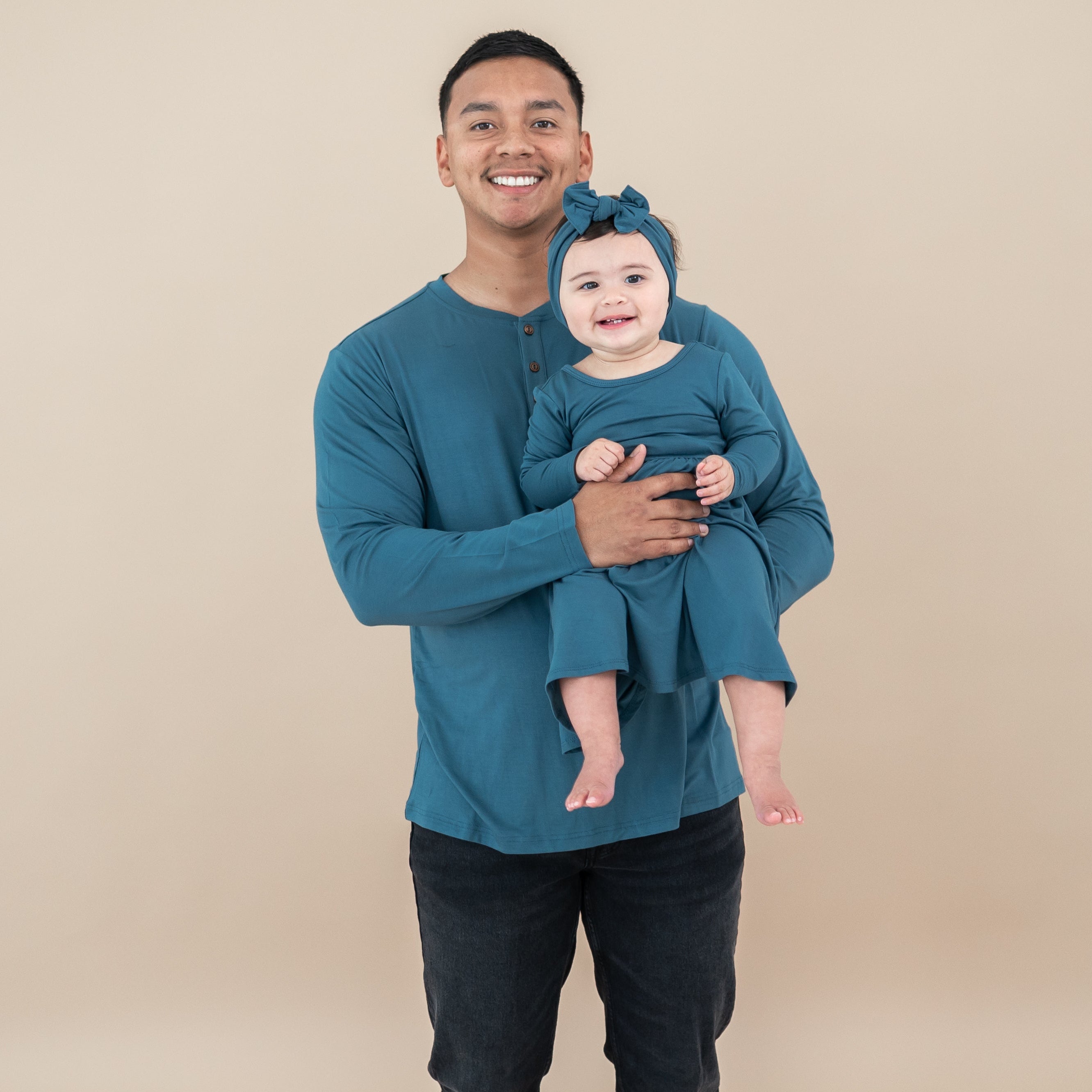Keeping our babies close to us is one of the most natural things in the world. Looking at it from purely a biological perspective, it makes complete sense to carry our babies around all day. When wild predators were more of an active threat, our ancestors ensured their babies’ survival by carrying them and staying close. Sure, our brains may have evolved from our caveman days, but we’re still armed with certain instincts that have allowed our species to stick around. Any parent can vouch that babies like to be held. A lot. And can you blame them? After spending nine months attached to their mothers, it’s only natural for babies to continue to seek that contact after they are born.
Luckily, many parents enjoy the same level of closeness that their babies seek. Skin-to-skin contact is highly beneficial for both parent and baby. That euphoric feeling you experience when you cuddle your bundle of joy and breathe in that intoxicating baby smell? Yup, that’s oxytocin rushing through your body. Unfortunately, holding your baby all day just isn’t feasible. With errands to be run, tasks to complete, and arms that do eventually get tired, parents find it difficult to manage day-to-day activities with a crying baby that just wants to be held constantly. Enter babywearing.
Babywearing is truly the best of both worlds. Not only does it give you back the freedom to use your arms, but it also allows you to safely and comfortably hold your baby for long periods of time. Many babies actually fall asleep in a sling or carrier, which can be a welcome solution for little ones who need to be held during naps. Although babywearing has really only taken off recently in the Western world, it’s been around for a long time. According to James McKenna, an anthropology professor at the University of Notre Dame, our aforementioned ancestors likely constructed carriers from “animal skins, plants, and leather cords to strap babies to the chests of their caregivers—making such carrying devices among the first tools developed.” Nowadays, there are a number of carriers available to fit your preference. Whether you enjoy the convenience of a ring sling, the versatility of a wrap, or the ease of a structured carrier, babywearing has a number of benefits that will make you wonder how you ever lived without it.
IT STRENGTHENS YOUR BOND
In the very early days of parenthood, you may feel overwhelmed by the demands a newborn requires. Two people who don’t know each other well and have a language barrier? It’s a recipe for disaster. Because our brains are wired to respond to our baby’s cries, the incessant wailing can be exceedingly stressful during an already fragile time. Wearing your baby in a carrier allows you to comfort him immediately, and also learn to meet his needs more quickly. It promotes attachment and provides an opportunity to build a strong bond with your baby during a crucial period.
Fathers, who are yearning for closeness with their babies, also find babywearing to be an essential tool for building those tight bonds. Although babies are placed on their mothers’ chests in the moments after birth, dads also benefit from the oxytocin released by skin-to-skin contact. It’s worth noting that dads can also suffer from postpartum depression, and a new baby comes with so many demands, that the lifestyle switch can be intensely jarring. Some dads may feel unsure where they now fit in this new family picture, and babywearing is a wonderful way to fulfill that parenting role by providing the closeness and nurturing that their babies need. Clinical studies have shown that oxytocin increases trust, empathy, and social reciprocity, and that’s why oxytocin is referred to as “the love hormone.”

CARRIED BABIES CRY LESS
The newborn stage is also commonly referred to as “the fourth trimester.” A phrase coined by Dr. Harvey Karp, the fourth trimester is the first three months after a baby’s birth. Dr. Karp believes that babies are born three months too early, and that they need that additional time for their brains and nervous systems to mature. In short, we need to treat our newborns with that extra care by recreating the environment of the womb, and babywearing does just that.
When you carry your baby in a sling or wrap, he’s cuddled against your chest and able to hear your heartbeat—just like he did in the womb. Lulled by the familiar swaying of your body’s movements, he is pacified and calm. If you’ve ever found that bouncing your baby on an exercise ball to be an effective way to stop his crying, it’s because it mimics the same, gentle movements he felt during your pregnancy.
It’s been well-documented that babies who are carried cry less. In indigenous cultures, where babywearing is the norm and babies are often carried all day, babies hardly cry. Crying is nonverbal communication, the only method that babies have of communicating their needs to their caregivers. In a randomized controlled trial, a study found that 6-week old infants who received supplemental carrying cried and fussed 43% less overall and 51% less in evening hours. Crying is stressful for both parents and babies—and too much stress can have long-term effects on a developing brain. Don’t listen to the naysayers; it is truly impossible to “spoil” a newborn. Wearing your baby for as long as he wants to be carried results in both a happy baby and a happy parent.
YUP, IT COUNTS AS TUMMY TIME
Babies hate tummy time at first. Okay, maybe not all babies hate it, but many do, and it’s not hard to understand why. With essentially no neck and trunk strength, being forced to lift a heavy head larger than the rest of your body seems like an uncomfortable experience. Unfortunately, it’s also a necessary one. Tummy time is crucial for motor, visual, and sensory development. It develops the core muscles of the neck, back, and shoulder, and it prevents plagiocephaly (otherwise known as flat-head syndrome).
Luckily, babies love to be worn, and the upright position they assume in carriers comes with the same benefits. In a carrier, your baby will develop the essential neck, shoulder, and back strength he needs for his motor development. Although it shouldn’t completely replace time spent on the floor, babywearing is still a great solution for fussy babies who just want to be held. It’s good for them! A ring sling is also perfect for attaching a toy to help your baby work on his grasping and batting skills. Simply secure the toy to the ring on your sling, and let your baby play with it as he pleases.
IT PROMOTES COGNITIVE DEVELOPMENT
Because babies in slings are happier and content, they enter a quiet-alert state, which is the state that is crucial for learning and in which your baby is ready to interact with the world. When you wear your baby in a sling, you may notice that he is quiet but his eyes are bright and focused, observing the world around him. This display of visual and auditory alertness means that your baby is learning, and you can interact with him by talking about what you are doing or pointing out objects.
The strong bonds that babywearing facilitates leads to secure attachment between you and your baby. When you deeply connect with your child and continue to meet his needs, he quickly learns that he can trust you. The notion that your baby cries to manipulate you is a silly one. Babies don’t have wants—only needs. When he trusts you to respond to his needs, you become a base of safety and security from which he can explore the world. Research supports the idea that babies who develop secure attachments early in life have greater independence when they are older. Over a 35-year period, the Minnesota Longitudinal Study of Risk and Adaptation (MLSRA) found that “the quality of early attachment reverberated well into later childhood, adolescence, and adulthood, even when temperament and social class were accounted for.” The study showed that children with secure attachment history were more likely to have a greater sense of self-agency, better emotional regulation, higher self-esteem, better coping under stress, greater social competence, and much more. Whew!

If you haven’t already boarded the babywearing train, you’re probably thinking, Okay, okay, I need this in my life. The only question left is: Which method do I use? Many parents who fall in love with babywearing have multiple carriers for different purposes. A soft, structured carrier like a Lillebaby or Ergobaby can be convenient for quick outings because there’s no fuss when putting them on. Usually with a simple click, you can strap your baby to your chest and be on your way. The downside to these carriers is that they can feel bulky and less natural than other options. Stretchy wraps, on the other hand, are lightweight but feel extra snuggly when baby is on you. However, wraps involve long pieces of fabric that take some getting used to and can be a hassle to wrestle with when your baby is already crying.
Our personal favorite? Ring slings. Once you’ve mastered the art of using one, you can enjoy the versatility and convenience of a sling over other types of carriers. They allow for more mobility, which means your baby can see more of the outside when they’re in one, and it also makes discreet nursing possible when you’re out and about. Because ring slings are usually constructed from sturdy, woven fabrics (Kyte BABY ring slings are made from 100% pre-washed linen!), they’re able to be used well into toddlerhood, which means you can continue enjoying the benefits of babywearing even when your baby isn’t, well, a baby anymore. Ring slings do come with a learning curve that are steeper for some people than others, but our video tutorial will have you slinging your baby like a pro in no time.
With so many benefits associated with babywearing (and we haven’t even covered all of them), there’s really no reason not to take it up. Not only is it really, really good for your baby, but it also leaves your arms free to do whatever you need to do. We’d call that a win-win!






















